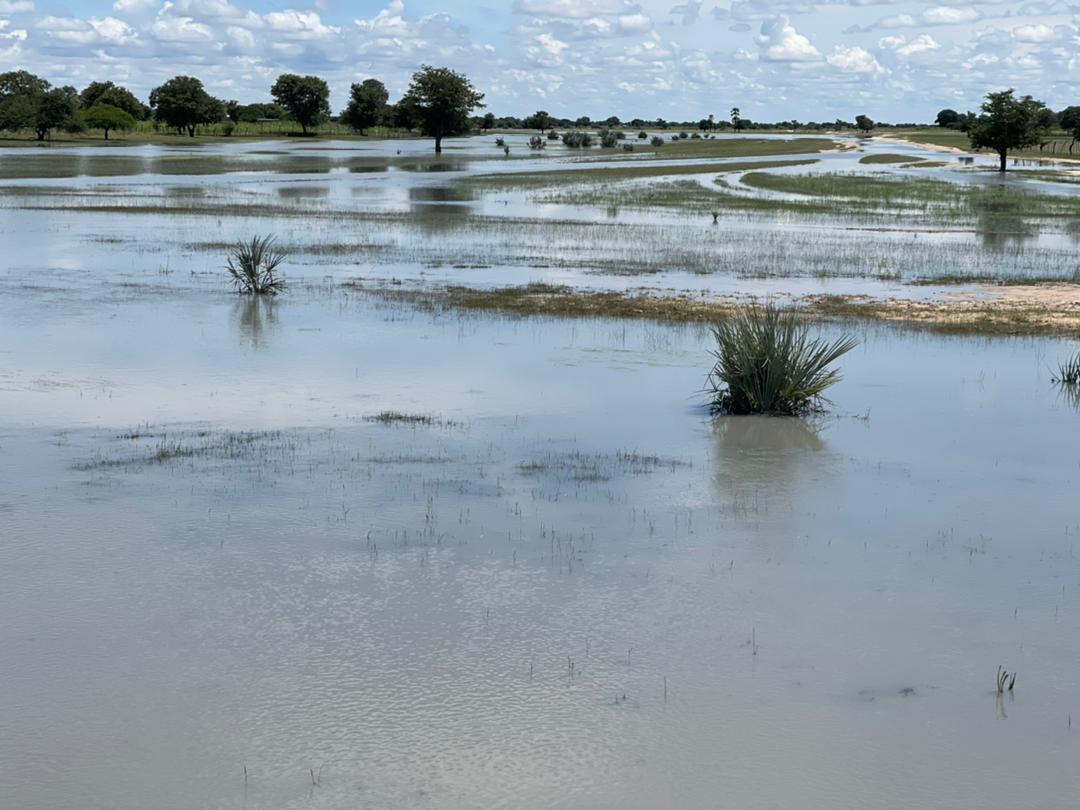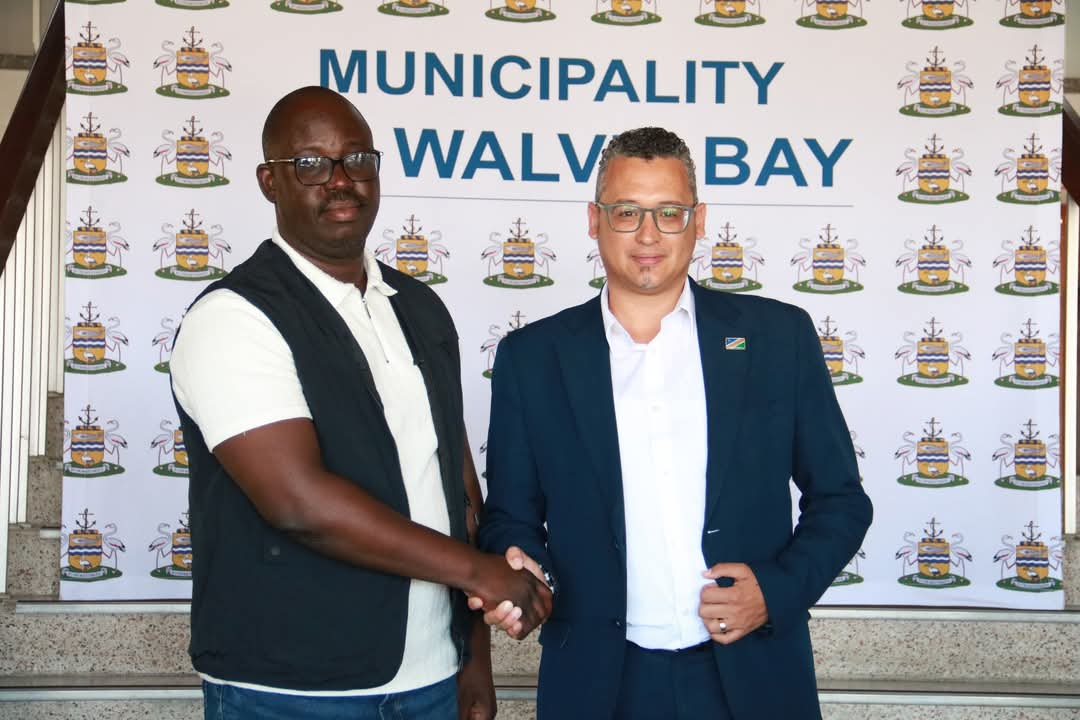Senior hydrologist in the agriculture ministry Leonard Hango has issued a warning to the public to exercise caution in flood-prone areas, especially in the Cuvelai-Etosha Basin.
Hango in an interview on Wednesday emphasised the rapid and unpredictable nature of water level changes, saying it could lead to drowning.
He explained that the Cuvelai-Etosha Basin has experienced substantial rainfall, not only within Namibia but also in Angola, contributing to the rising water levels.
“The water that we are seeing across Cuvelai is a result of local rainfall combined with surface flow from Angola, which we classify as floodwater from Angola,” Hango stated.
He added that the areas impacted by the inflow and most at risk are the western parts of the Ohangwena and Oshikoto regions, parts of the Omusati region and the entire Oshana region.
Hango specifically cautioned individuals who frequent cucashops and return home late at night. He stressed that water levels can fluctuate dramatically in a short period, with deep water appearing where there was none previously, even without additional rainfall. He strongly advised against traveling on foot at night, and said elderly people and school children should be careful.
“The water levels in most of the streams are still rising,” he added.
Hango said the rainy season is not over yet and the oshanas, which are already overflowing, are expected to experience further increases in water levels.
Stay informed with The Namibian – your source for credible journalism. Get in-depth reporting and opinions for
only N$85 a month. Invest in journalism, invest in democracy –
Subscribe Now!










